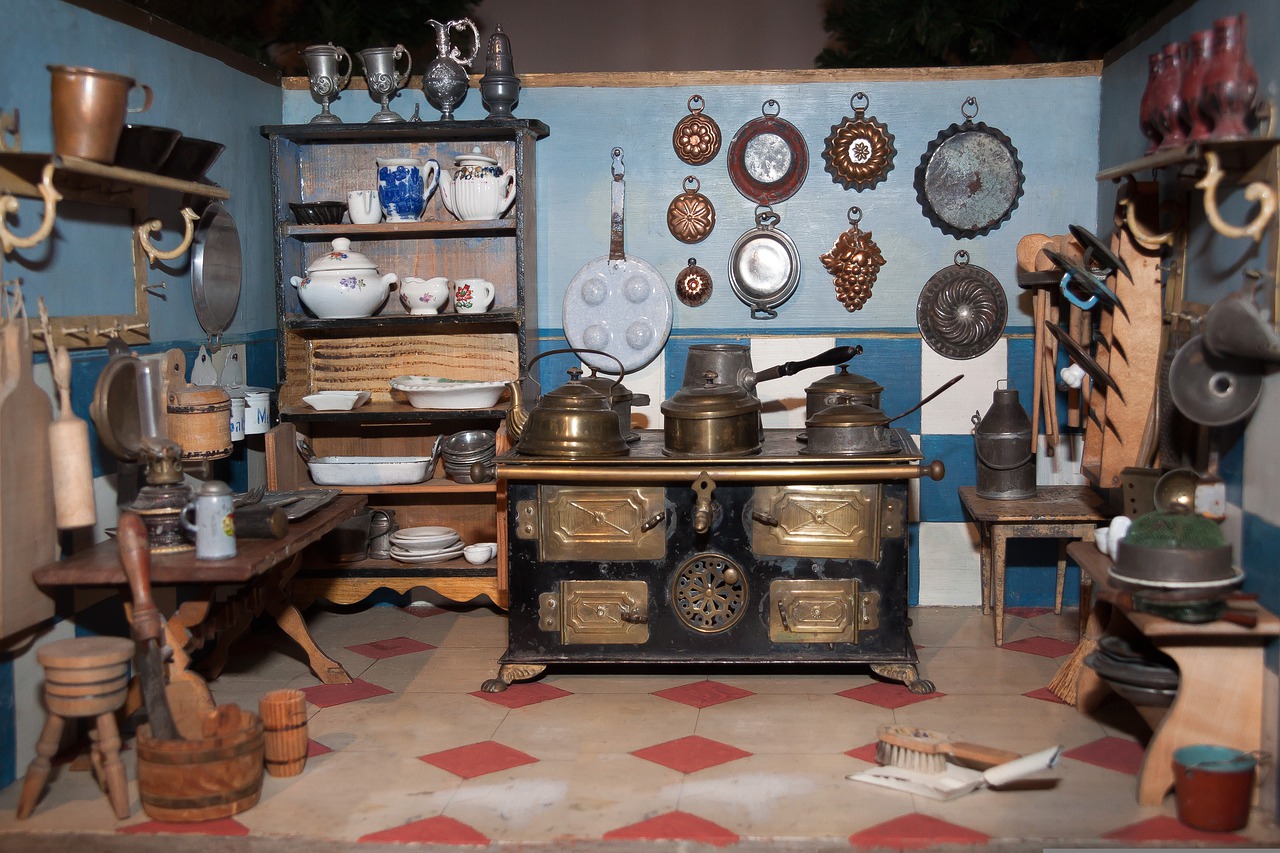In looking at how we approach decluttering our homes and lives of too many possessions - especially those which get in the way of us being as free as possible to live the life which gives us greatest satisfaction - I have been looking at how our homes can become places that are not just about switching off and unwinding after work.
In a YouTube video about a young Australian writer, Michael Green, I was fascinated to see how he had worked together with his friends and housemates to create a place for him to write, away from the bustle of the house, but still so close to home that it overlooked their shared vegetable garden.
A point he made was that he wanted to look at how we often live in and occupy our homes as a place of relief from work, rather than something which is integrated deeply into our values and hopes and which serves as a reflection of who we are. By taking a badly used storage space which had been used as a dumping ground for broken furniture, old suitcases and abandoned junk and placing dedicated effort into it's simple transformation, he has created a room for calm and order. Utility and function has been reborn from recycled materials and given new purpose. He lived in a shared house and wanted to convert an old room in the yard cum garden to be of use as a writing space for himself. His commentary on the video made a strong impression and I watched it several times and then forgot about it.
Since wanting to look more closely at the theme of downsizing or making better use of our own space, I have reconnected with Michael and his inspiring video. He has reclaimed a small space, perhaps 9 feet long by 5 feet deep. At the back and sides it has brick walls that have been covered with a double layer of wood lath strips glued at right angles to each other. These have then been been lifted into place to cover the brick work and create an attractive and atmospheric soft brown wall.
The front of the shed space has been constructed of an old wood door with multiple glass panes, and a skirt to about four feet high. The remainder of the structure has two large multi-paned windows which can be opened up to let the air in and pegged on wood stilts, creating a real sense of openness to the writing space. By building this creative space as a part of his shared home environment and yet removed from his immediate living space, he has given himself permission to have it as a sanctuary where he can think, work, reflect and focus on his writing.
I have been deeply struck by the desire of indie thinkers to make more of their home space, to create something which mirrors their being driven by what matters to them. Whether it is people in the tiny-homes movement choosing to live with so much less than is conventionally accumulated within a house space, or by the minimalists who seek to only have with them those items which receive regular functional use, the whole approach to living with less has triggered something in me and which I can feel is altering how I look at the things which I keep close around me.
Should our homes be serving as an anaesthetic to the varied stress, boredom or pressure of different job roles which we take on?
We exchange money for our time and in order to show the purpose of our work we buy things to show that the trade-off has been worth the time spent. This leads to an amassing of belongings in our home spaces and means we spend more on possessions than we place into savings for our future years, when we will not be earning from work and yet expect to have long years in retirement.
Building some element of work function into your home with a space that allows you to operate a small business, a digital venture, a creative endeavour or a means of generating revenue with less stress than an employed income, this can only be a good thing.
Tiny homes and smaller spaces are a part of this drive toward finding form and function in a home and allowing you to look at living better with less. Using #tinyhomes will take you to YouTube videos, documentaries, blogs and online posts all about how you might combine your existing home with a side venture place within the home, or to looking at adapting the life you have now to a transition toward the space - both physical in a home place as well as emotional in a mental or productive work space.
Container homes, treehouse living and multi-occupied houses might seem extreme and not represent the place you want to move toward. Yet the ideas and the innovation that can come from looking at such communities and thoughts are indeed both helpful and inspirational.
We have reduced by a half the actual square foot area of our living accommodation with the move to our new home, and yet because we have let go of so much that was clutter, we feel better. Financially we are better off to the tune of more than half of what we previously spent on accommodation, utility bills and local authority taxes. We feel richer though from the process of combining more thoughtful living with better use of the space that we do occupy.

